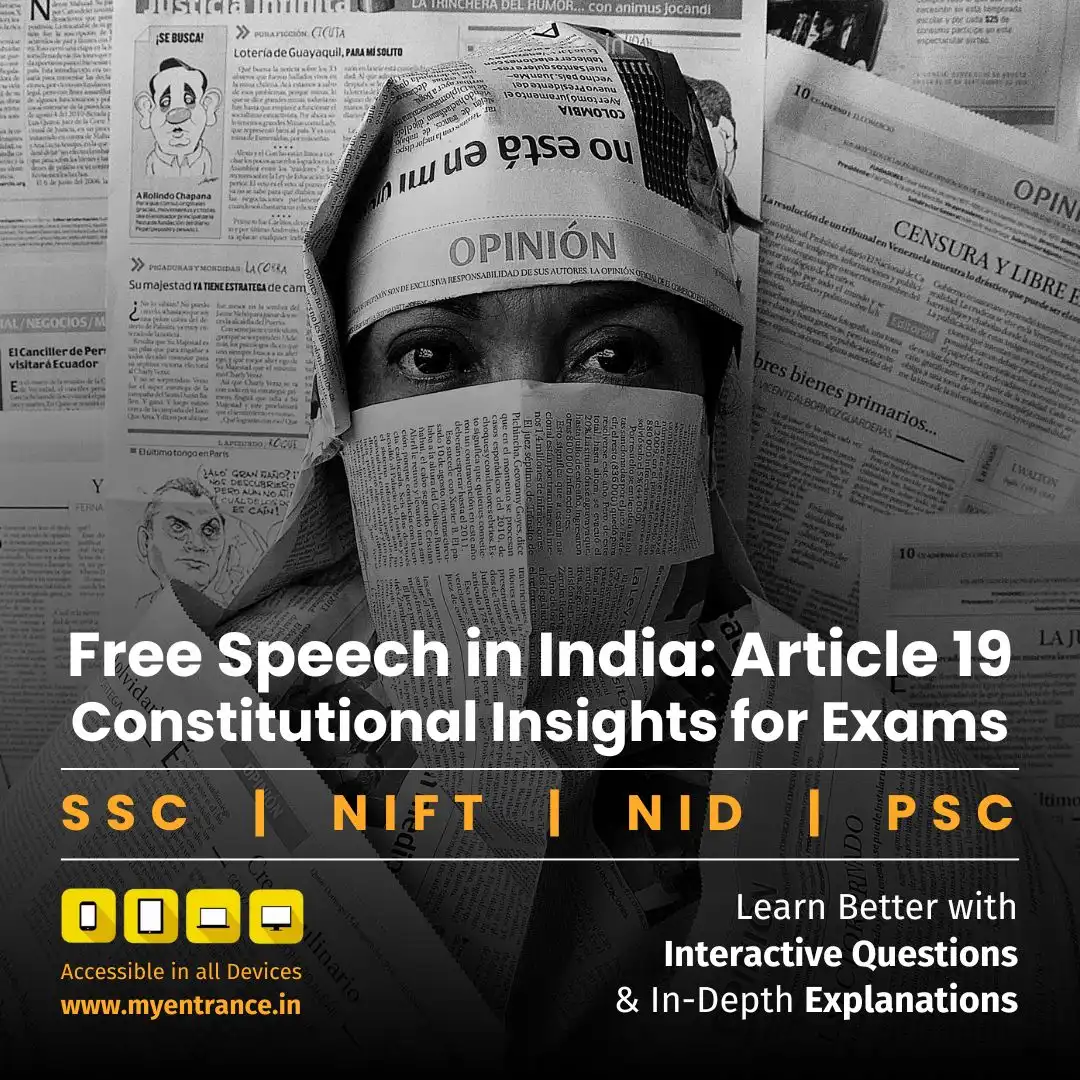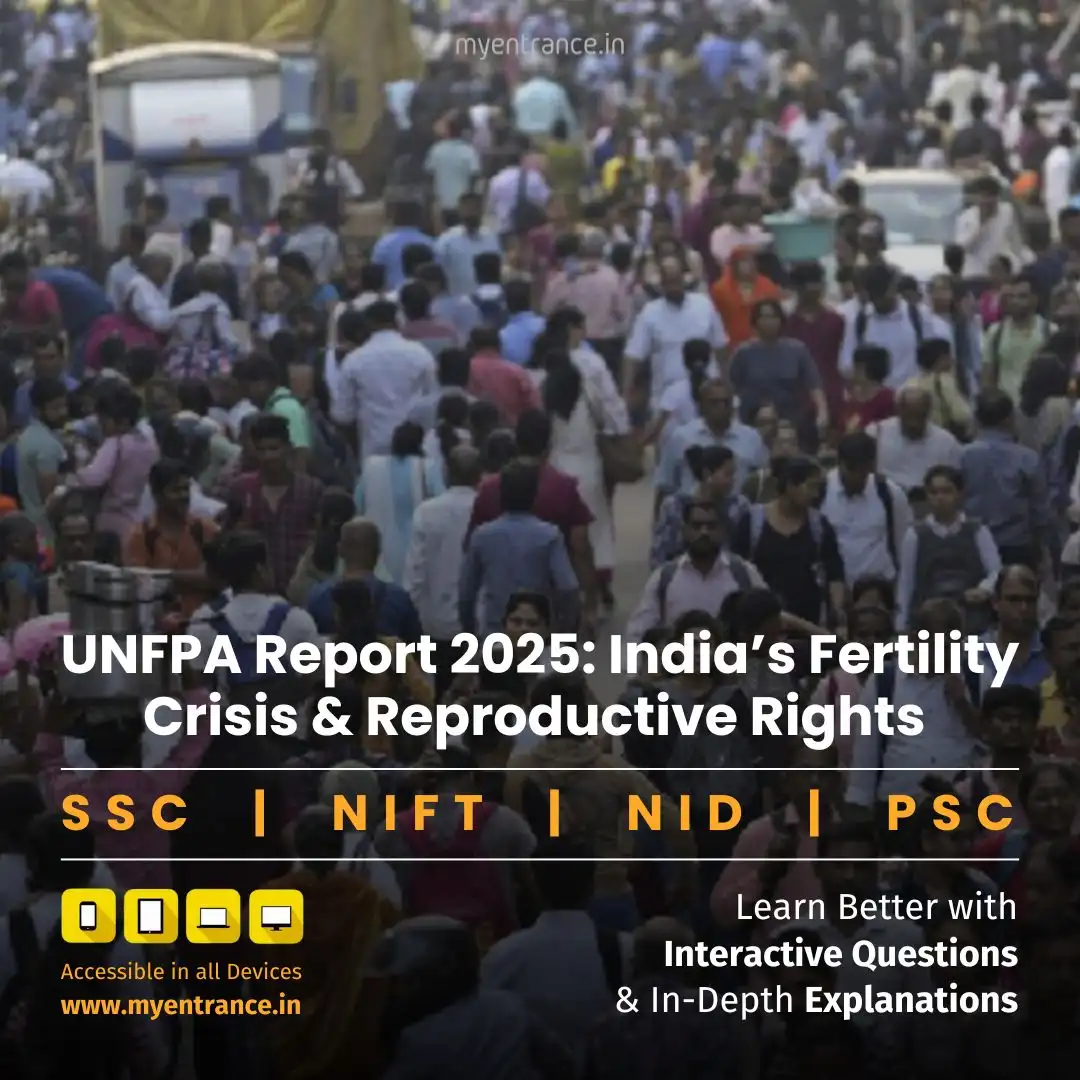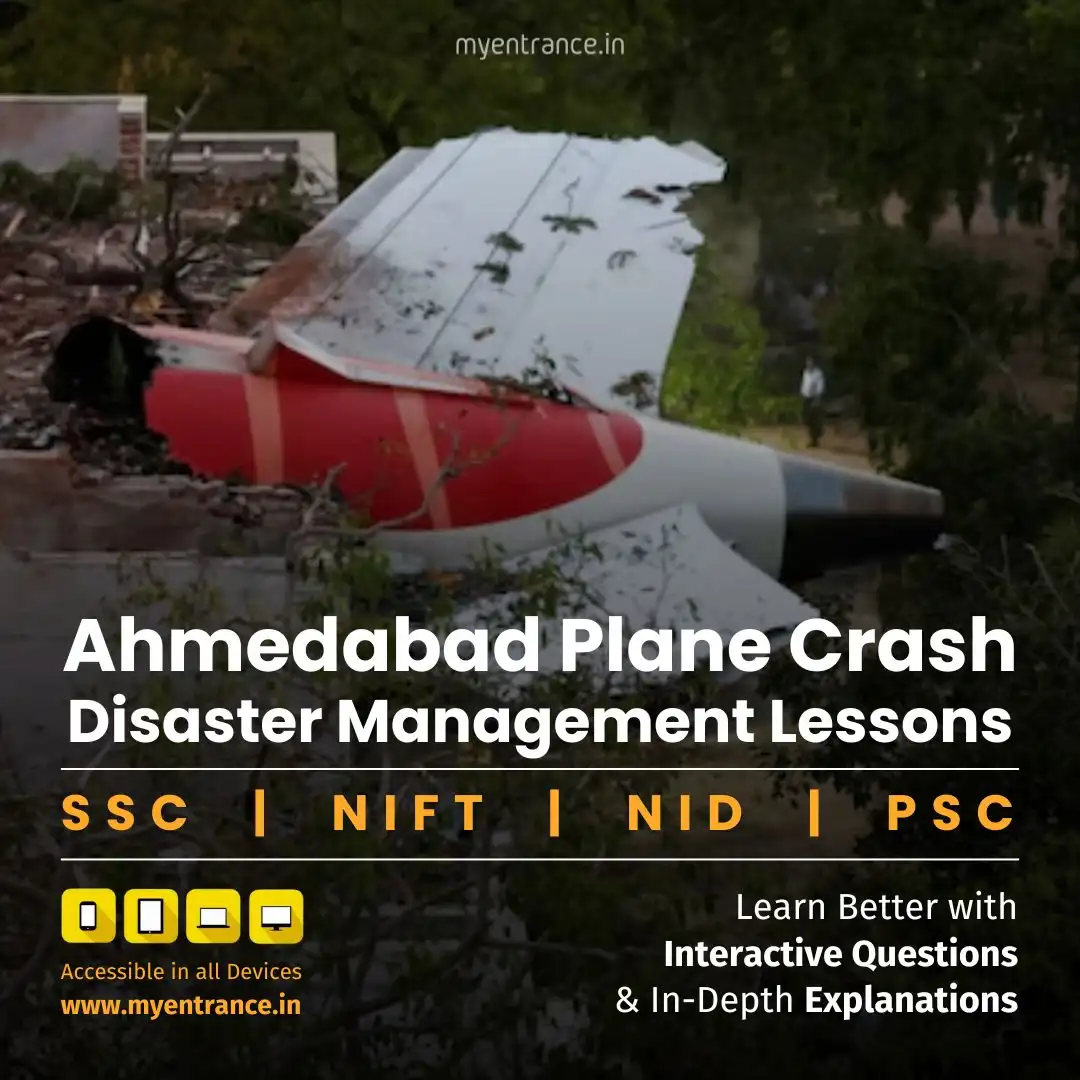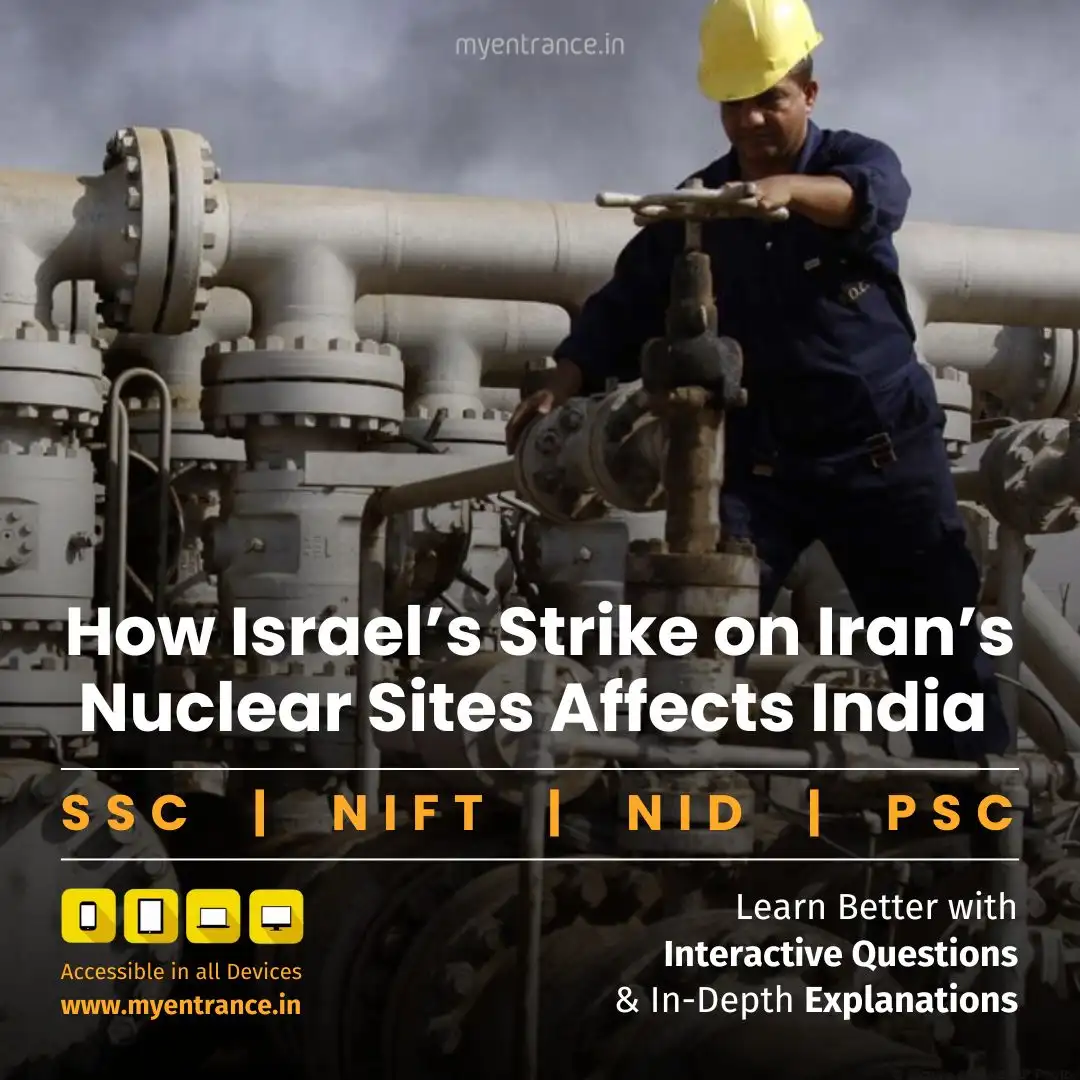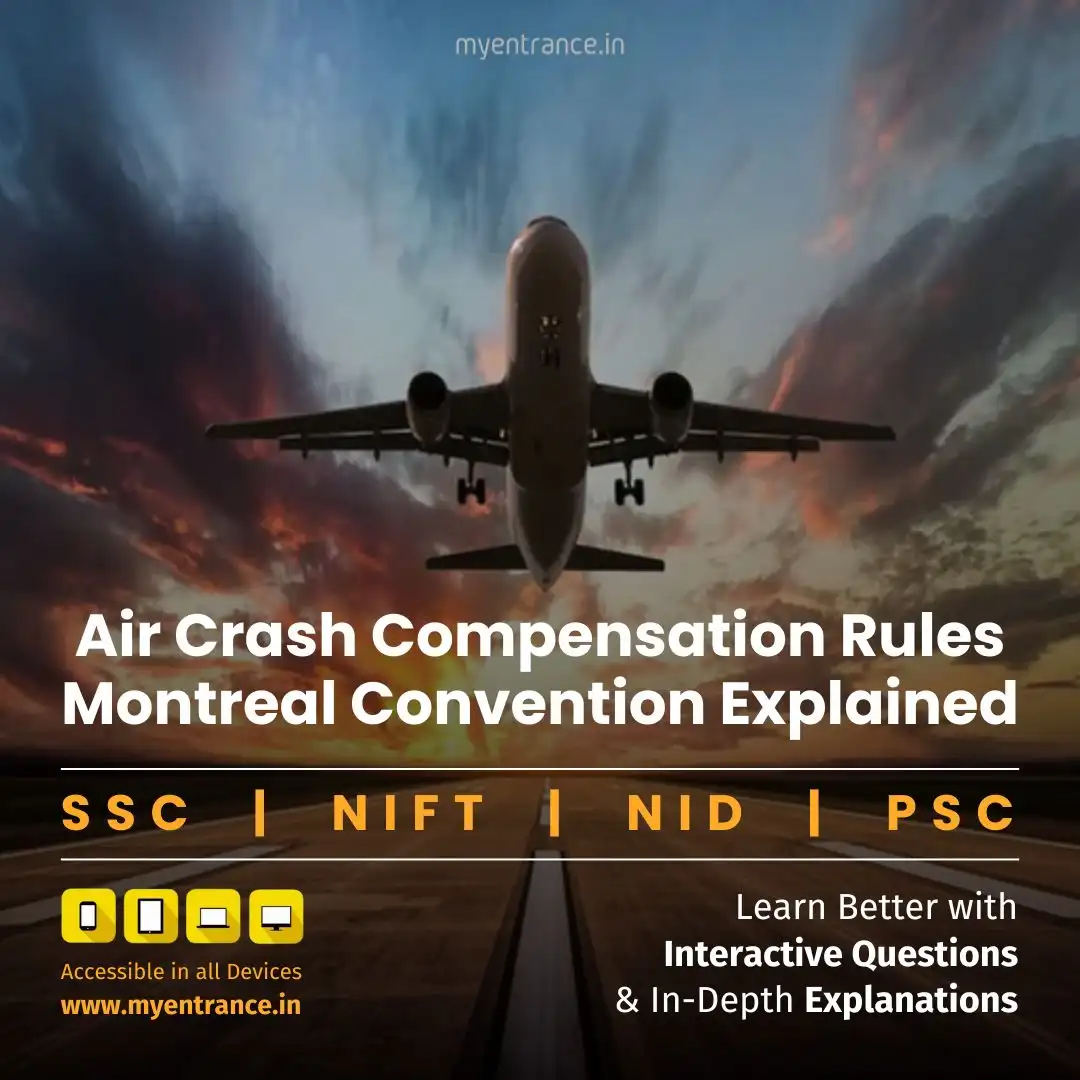Select Language
Free Speech in India: Article 19, Restrictions & Exam Guide
Free speech is the bedrock of democracy, yet India’s constitutional history shows a delicate balance between expression and social harmony. For aspirants of UPSC, PSC, SSC, and other competitive exams, understanding this balance is crucial for polity and ethics sections.
Free Speech in India: Constitutional Provisions & Key Concepts
The Right to Freedom of Speech and Expression (Article 19(1)(a)) is a fundamental right, but it is not absolute. The Constitution allows reasonable restrictions under Article 19(2) to protect national security, public order, decency, and more.
Why Free Speech Matters in Competitive Exams
A recurring topic in UPSC, PSC, SSC, NIFT, NID, and state-level exams under Polity, Governance, and Ethics.
Helps in essay writing, answer structuring, and case study analysis.
Recent controversies (social media regulations, hate speech laws) make it a current affairs hotspot.
Key Aspects of Free Speech You Must Know
1. Hate Speech vs. Free Speech
Free speech encourages open debate, essential for democracy.
Hate speech targets groups based on religion, caste, or ethnicity, often inciting violence.
Landmark Case: Shreya Singhal vs. Union of India (2015) struck down Section 66A of the IT Act for being too vague.
2. Reasonable Restrictions Under Article 19(2)
Grounds for restrictions: Sovereignty, security, public order, decency, defamation, incitement to offense.
Judicial test: Courts examine if speech poses a “clear and present danger” (borrowed from U.S. jurisprudence).
3. Censorship & the Crisis of Trust
Scholar Pratap Bhanu Mehta argues that excessive censorship reflects societal mistrust.
When governments assume citizens cannot handle free expression, it weakens democratic discourse.
4. Historical Evolution: The First Amendment (1951)
Just 16 months after the Constitution’s adoption, restrictions were expanded.
Triggered by cases like Romesh Thappar vs. State of Madras, where courts upheld free speech over state-imposed bans.
Sample Questions & Answers for Exam Prep
Q1: What are ‘reasonable restrictions’ under Article 19(2)?
A1: Restrictions must be based on grounds like public order, security, morality, or defamation. They should be proportionate, not arbitrary, as seen in Shreya Singhal vs. Union of India (2015).
Q2: How does hate speech violate constitutional rights?
A2: Hate speech undermines Article 25 (Freedom of Religion) by inciting violence against communities, disrupting social harmony.
Q3: Why was the First Amendment (1951) introduced?
A3: To expand restrictions on free speech after courts ruled in favor of press freedom in cases like Romesh Thappar vs. State of Madras.
Q4: What is the ‘clear and present danger’ test?
A4: A legal principle that bans speech only if it directly incites immediate violence or lawlessness. Indian courts apply a similar standard.
Q5: How does censorship reflect a crisis of trust, per Pratap Bhanu Mehta?
A5: Excessive state control assumes citizens cannot differentiate between harmful and legitimate speech, eroding democratic autonomy.
Most Predicted Questions
Comprehensive study materials, Expert-guided tips & tricks, Mock tests and instant results.
Start your SSC, NIFT, NID, FDDI, PSC journey today with MyEntrance, your ultimate online coaching platform.
